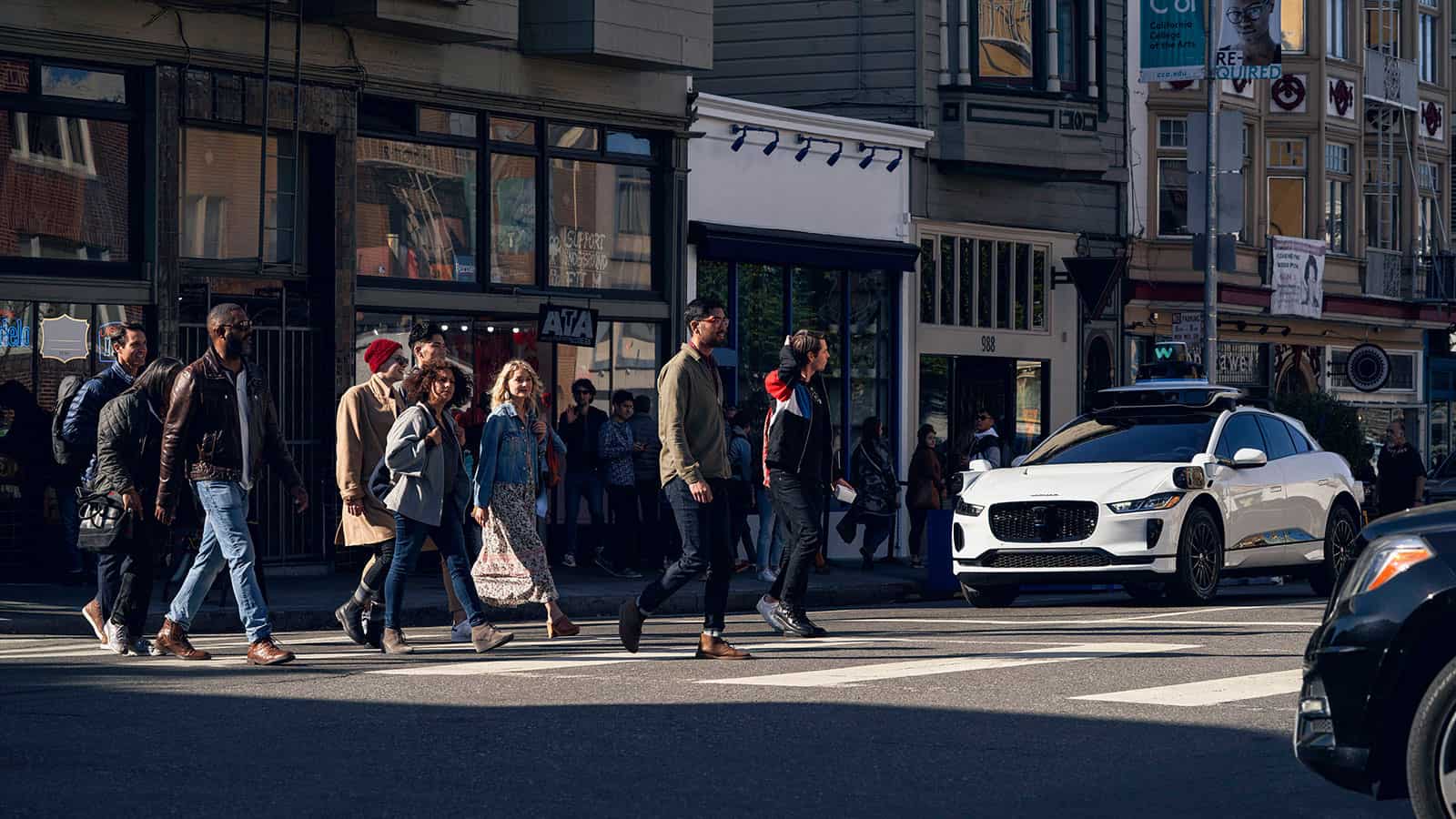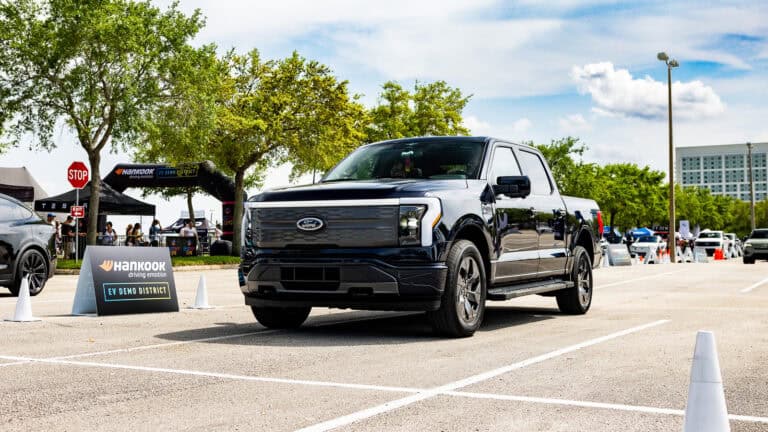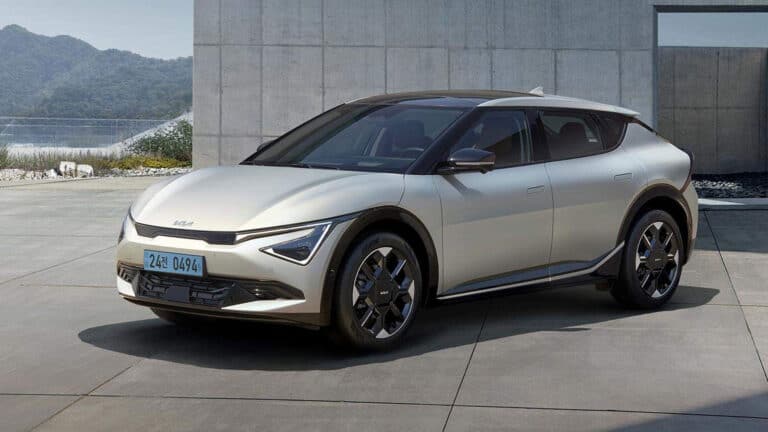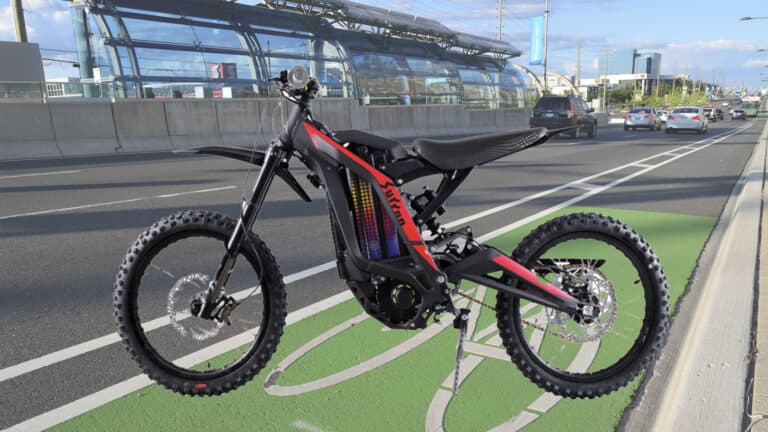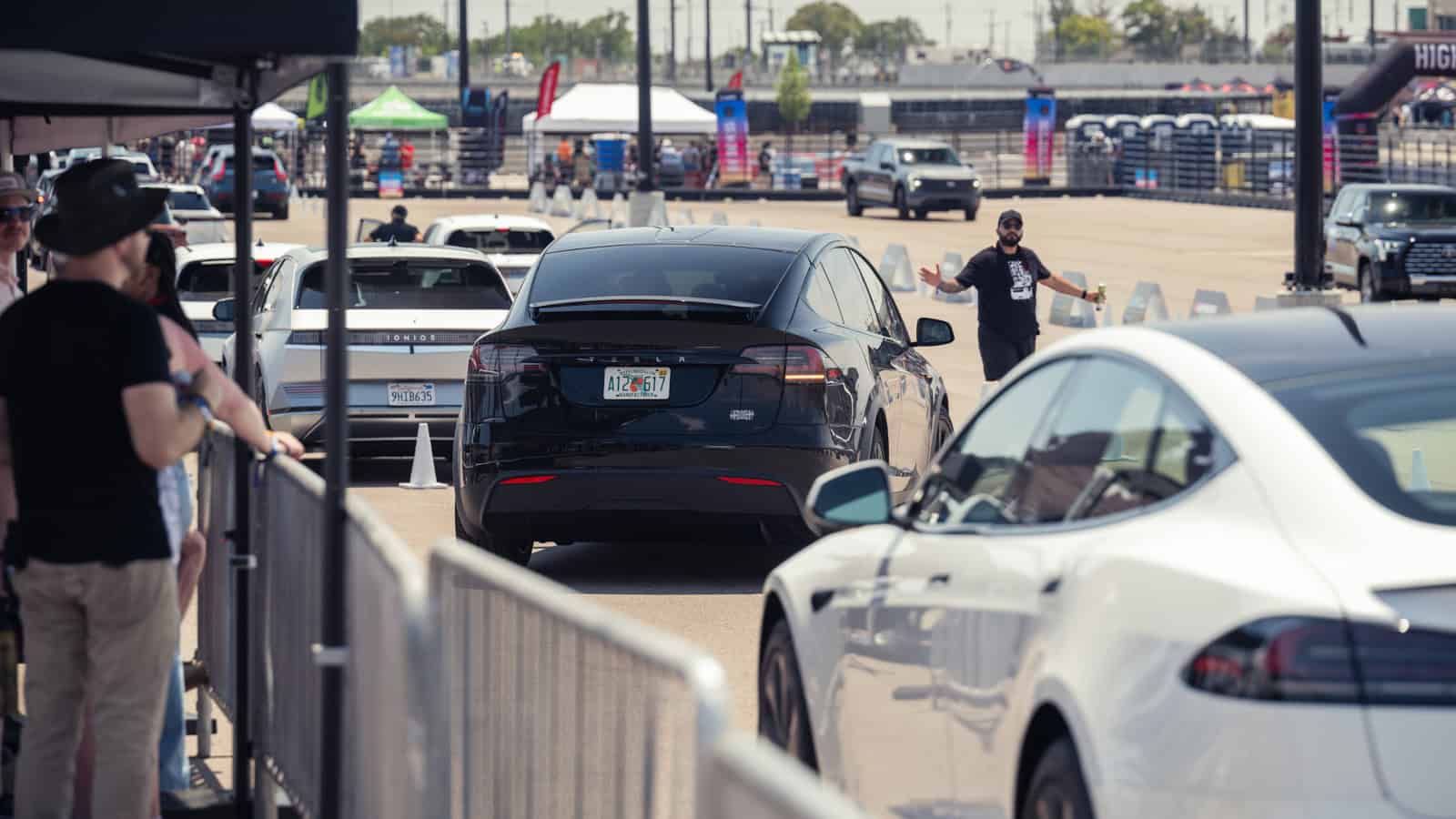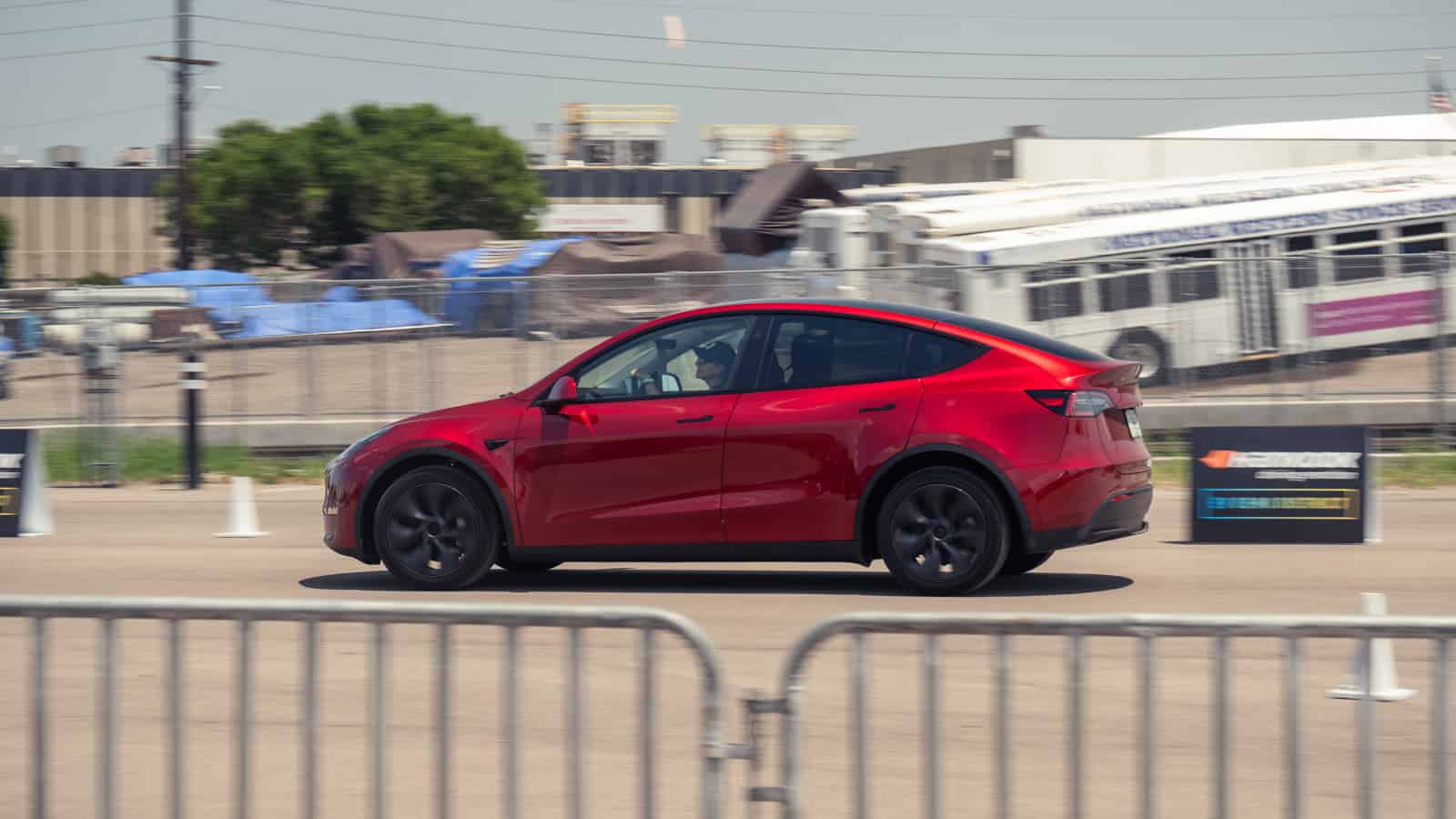Owning an autonomous vehicle is an exciting futuristic prospect in modern transportation. Anyone who owns a Tesla with Autopilot knows how novel and useful these features are, but the concept of a fully driverless future seems a long way off. However, the promise is enormous. McKinsey suggests that, by 2035, autonomous driving could generate $300 billion to $400 billion in revenue, reshaping the car market.
The thing is, autonomous driving is going to be a slow process with new technologies building on the ones we’re still getting used to. More and more advanced driver assist systems rely on technology you’d find in an autonomous vehicle — such as adaptive cruise control.
Autonomous driving doesn’t exist without electric vehicles — each element of the autonomous, connected, electric triad reinforces the other. Electric vehicles provide an efficient powertrain that’s ideal for the systems autonomous driving relies on. Connectivity, on the other hand, is the linchpin that enables self-driving cars to communicate with each other, traffic infrastructure, and other systems for real-time data exchange and processing.
ADVERTISEMENT
Autonomous Connectivity Today
There are plenty of autonomous trials happening across the world. Early tests used dedicated vehicles on private land, sometimes with a “driver” on board to ensure things ran smoothly. This meant passengers in large areas such as airports and conference centers could take autonomous shuttles on a short set route.
This helped to prove the technology and allowed for larger, more complex trials with autonomous buses and taxis in real cities. If you’re in San Fransisco or Phoenix, you might have already had the pleasure of hailing a driverless car from the Waymo One app or via Uber. Waymo is on a mission to reduce the 1.35 million deaths caused by vehicle crashes each year and with almost a decade of experience, it’s no wonder it’s made driverless cabs a reality in the US.
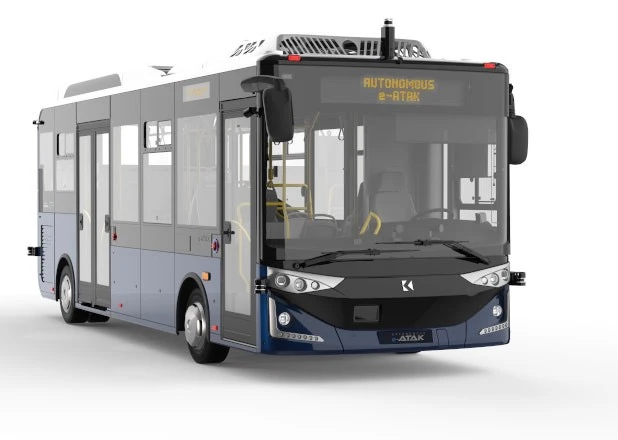
While we’re a long way from seeing driverless vehicles as the norm, the number of places where you can hail an autonomous taxi or catch a driverless bus is growing. In Stavanger, Norway, the e-Atak bus from Karsan runs on a 2.5km route through the city on public roads. As it carries ticketed passengers, this is fully autonomous public transport and a night insight into what we could see in other cities across Europe.
There are many more projects like this running around the world and they’re a window into the future. As more of these vehicles take to public roads, it’s easy to see how they could become a normal part of our lives.
The Importance of Connectivity
I recently hosted a panel at the London EV Show on autonomous vehicles and one thing that came up with the importance of connectivity. Without it, all the data, signals, and commands that need to be picked up and sent by the vehicle wouldn’t work. With the vehicle moving based on camera inputs, LIDAR, and other sensors, the connection to the environment and other vehicles on the road is vital.
Without robust connectivity, our dream of autonomous transport would be like a smartphone without the internet – smart, but not quite smart enough to be useful. This digital connection is key to ensuring that driverless vehicles are aware of their surroundings and can adapt to unexpected changes in real-time, be it a pedestrian crossing out of nowhere or a sudden traffic jam.
ADVERTISEMENT
Navigating the Roadblocks
While we’ve made great progress over the past decade, the road to driverless cars becoming the norm is a bumpy one. The tech needed for these futuristic vehicles isn’t just complex, it’s pricey. For example, the LIDAR systems can cost more than the car itself. That’s a hefty price tag that could mean autonomous vehicles are a commercial opportunity rather than an option for private owners.
There’s also an issue around regulations. Every country — even every city — has its own set of traffic laws and guidelines that all vehicles need to adhere to. The vehicle’s computer has a monumental task to not only understand but also follow these diverse rules.
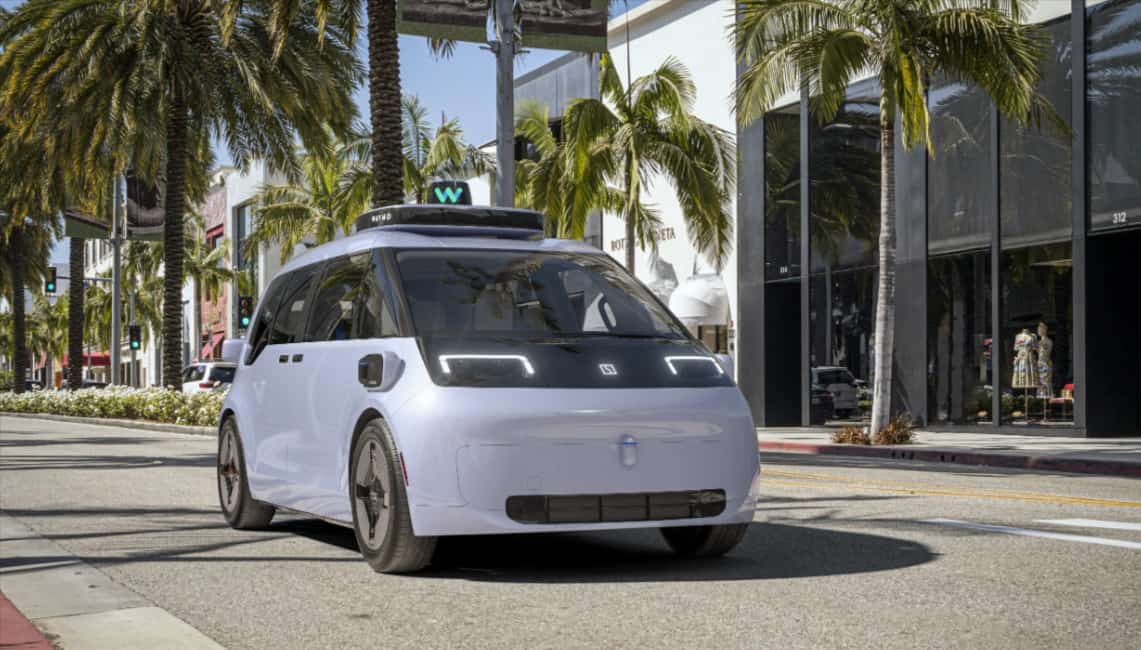
Liability in the event of an accident is another part of the puzzle. It’s quite clear that passengers aren’t responsible for anything that happens on public transport, but what about EVs with autonomous capabilities? If something were to happen, who is to blame?
Current laws still require the driver to be in control, even if you aren’t manually steering. This means that any incident in an autonomous vehicle would be the fault of the driver. But with more sophisticated driverless technology on its way, it’s not black and white and has left many insurance companies scratching their heads.
The Future is Still Bright
Despite these challenges, the energetic buzz around autonomous vehicles isn’t just hype. Companies big and small are directing precious resources into making this a reality. They know it’s not just about getting from point A to point B without touching the steering wheel; it’s about creating a future where roads are safer for everyone and our commutes can be a little less stressful.
We’re not there yet, but with each trial, each test run, we’re inching closer to a world where hopping into a driverless car or bus is as normal as, well, catching a bus.
ADVERTISEMENT

FEATURE IMAGE: WAYMO
FTC: We use income-earning auto affiliate links. Learn more.




